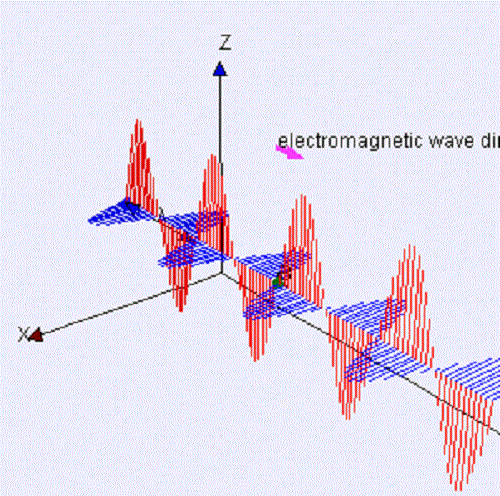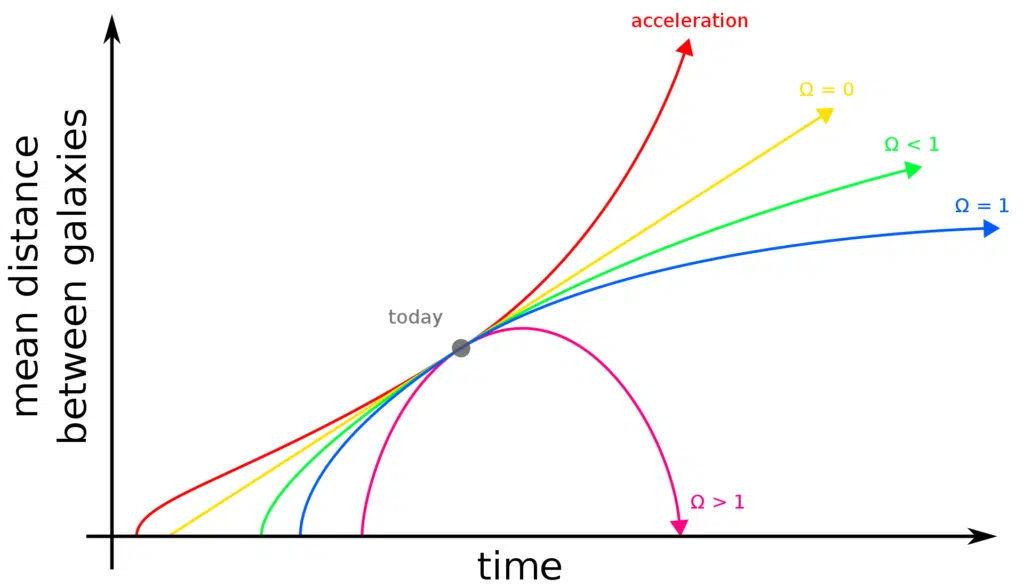
Mathematical equations have been the greatest tool for mankind to explain the world around him and the key to advance our knowledge about the Universe. The most important one of them all was created by, of course, an ancient Greek mathematician.
Galileo famously stated that the universe is a “grand book” written in the language of mathematics.
The brightest minds in history have used mathematical equations to lay the foundation for the way we measure and understand our entire universe.
Thanks to those great minds which contributed to the writing of this “grand book,” all the giant scientific leaps humanity has made brought us to explore new planets, an idea that belonged to science fiction just a few decades ago.
The following mathematical equations shaped our world

1. The Pythagorean Theorem
“Everything is a number” was the motto of the Pythagorean School. Pythagoras, one of the greatest of all ancient Greek thinkers, was influenced by the Babylonians, who assigned numerical values to everything around them.
This ancient theorem—first recorded circa 570 to 495 BC—is a fundamental principle in Euclidean Geometry, and the basis for the definition of distance between two points.
The Pythagorean Theorem is summed up by the following statement: “In a right triangle, the square of the hypotenuse is equal to the sum of the squares of the two perpendicular sides.”
It may sound like a simple equation, but the Greek philosopher’s theorem remains current 2,500 years later.
2. Isaac Newton’s Law Of Universal Gravitation
Newton’s Law explains why the planets move the way they do and how gravity works both on Earth and throughout the universe.
All objects attract each other with a force of gravitational attraction. Gravity is universal. This force is directly dependent upon the masses of both objects and inversely proportional to the square of the distance that separates their centers.
First published in The Principia in July of 1687, the Law of Universal Gravitation was the de facto reference equation for nearly two hundred years until it was replaced by Einstein’s Theory of General Relativity.

3. Albert Einstein’s Theory Of Relativity
Einstein’s most famous work is the generally accepted theory on the relationship between space and time.
The basic idea here is that instead of being an invisible force that attracts objects to one another, gravity is a curving or warping of space. The more massive an object is the more it warps the space around it.
First proposed in 1905, the Theory of Relativity has both radically altered the course of physics and deepened our knowledge of the Universe’s past, present, and future.

4. Maxwell’s Equations
Upon the discovery of electricity, James Clerk Maxwell formulated equations that describe how electric and magnetic fields are generated and altered both by each other and by charges and currents.
First published between 1861 and 1862, they are to classical electromagnetism what Newton’s Laws of Motion and universal gravitation are to classical mechanics.
Maxwell’s equations paved the way for Einstein’s special theory of relativity, which established the equivalence of mass and energy.

5. Clausius’ Second Law Of Thermodynamics
Rudolf Clausius’ law states that energy always flows from higher concentration to lower concentrations. It also states that whenever energy changes or moves, it becomes less useful.
In 1865, he introduced the concept of entropy. In 1870, he introduced the virial theorem which applied to heat.
Clausius’ theorems have led to the development of technologies like internal combustion engines, cryogenics, and electricity generation.
“The total energy of the universe is constant; the total entropy is continually increasing,” Clausius famously wrote.

6. Napier’s Logarithms
John Napier is best known as the discoverer of logarithms. He also made common the use of the decimal point in arithmetic and mathematics.
Logarithms were introduced by Napier in the early 17th century as a way to simplify calculations. They answer the question, “How many of X number do we multiply to get Y number?”
Logarithms were adopted by early navigators, scientists, and engineers. Today, scientific calculators and digital computers do this work for us.
7. The Schrödinger Equation
This equation describes how the quantum state of a quantum system changes with time. It provides a way to calculate the wave function of a system and how it changes dynamically in time.
Developed by Austrian physicist Erwin Schrödinger in 1926, it governs the behavior of atoms and subatomic particles in quantum mechanics.
Schrödinger’s Equation underpins many modern computer-based gadgets and paved the way for nuclear power, microchips, electron microscopes, and quantum computing.

8. Fourier’s equations
In 1822, French baron Jean-Baptiste Joseph Fourier recorded certain equations that have allowed researchers to break down complex and messy data into combinations of simple waves that are much easier to analyze.
The Fourier transform, as it is known, was a radical notion in its time but was later applied to many modern fields of science, including data processing, image analysis, optics, communication, astronomy, and engineering.

CC BY-SA 3.0
9. Friedmann’s equations
In the 1920s, Russian physicist Alexander Friedmann used Einstein’s theories of relativity to show that the characteristics of an expanding universe could be expressed from the Big Bang onward using two equations.
They combine the curvature of the cosmos, the amount of matter and energy containe, and rate of expansion.
They also combine other constants, such as the speed of light, the gravitational constant, and The Hubble constant, which captures the accelerating expansion of the universe.
The Friedmann Equation now forms the backbone of contemporary cosmological theory, which is known as ΛCDM (Lambda CDM, where CDM stands for cold dark matter) and accounts for all the known components of reality.
See all the latest news from Greece and the world at Greekreporter.com. Contact our newsroom to report an update or send your story, photos and videos. Follow GR on Google News and subscribe here to our daily email!



